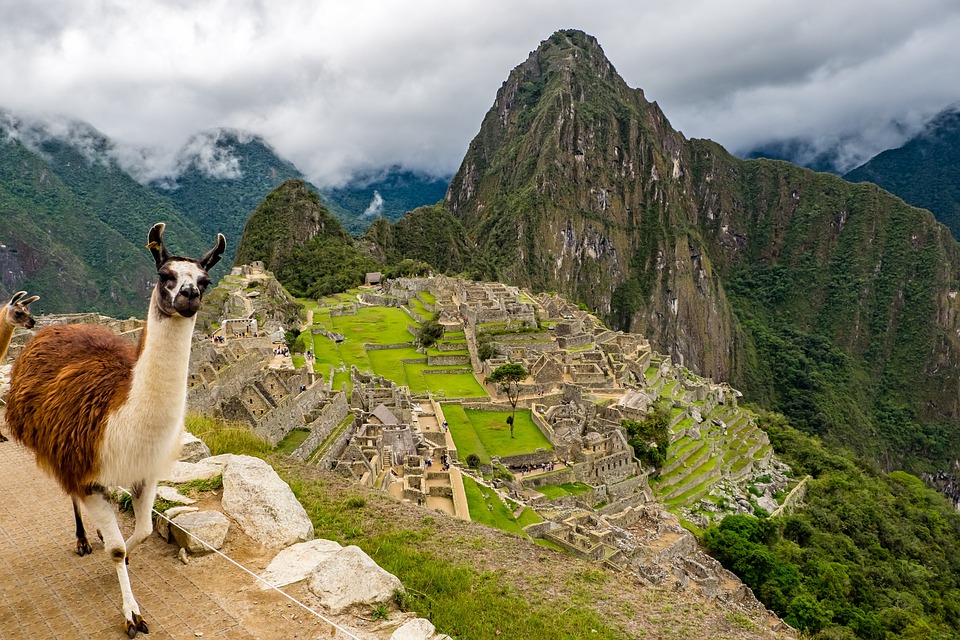Introduction:
Llamas are fascinating creatures that have been domesticated by the indigenous people of South America for thousands of years. They are known for their long necks, distinctive faces, and majestic appearance.
Llamas are part of the South American Camelid family, including alpacas, vicunas, and guanacos. This blog will explore some interesting facts about these fantastic animals.
Anatomy and Physical Characteristics
Llamas are known for their unique appearance and distinctive physical characteristics. They stand up to 5.5 feet tall at the shoulder and can weigh up to 400 pounds. They have a long neck, short legs, and a small head with large, expressive eyes. They also have thick, woolly fur that helps keep them warm in the harsh Andean climates where they are native.
Diet
Llamas are herbivores and primarily feed on grasses, weeds, and hay. They have three-chambered stomachs that allow them to digest rigid plant material and extract the maximum amount of nutrition from their food. They can go for long periods without food and water and survive in harsh environments where other animals would struggle.
Behavior
Llamas are social animals often kept in herds for protection and companionship. They have a strong herd instinct and will usually stick together for protection from predators. They are also known for their playful and curious personalities, and many people enjoy keeping llamas as pets for their affectionate and gentle nature.
Role in South American Culture
Llamas have been an essential part of South American culture for thousands of years. They were domesticated by the indigenous people of the Andes and have been used for transportation, wool production, and even as a source of food. In many South American communities, llamas are still considered a valuable part of the local economy and culture, and they play a significant role in many people’s lives in the region.
Uses of Llama Products
Llamas are not only used for transportation and wool production, but their unique properties also make them useful in various industries. Their strong, durable wool is used to make clothing, blankets, and even upholstery. In addition, llama hides are used to make leather goods, and their dung is used as a natural fertilizer for crops.
Llama Trekking
Llama trekking has become a popular outdoor activity in many parts of the world. Participants take llamas on guided hikes through scenic trails, and these animals’ gentle and calm nature makes them ideal companions for outdoor enthusiasts. Llama trekking provides an opportunity to explore the natural beauty of the great outdoors while enjoying the company of these fascinating creatures.

Defense Mechanism
Llamas have a unique defense mechanism against predators, known as “spitting.” When threatened, llamas can project a stream of partially digested food and saliva toward their attacker, which is both foul-smelling and unpleasant. This behavior effectively deterrents against predators and is often enough to make them retreat.
Transportation
Llamas are excellent pack animals and were used by the indigenous people of South America to carry heavy loads over long distances. They are still used for this purpose in many rural communities in South America, and their ability to carry heavy loads makes them an essential asset to local economies. In fact, llamas are often used to transport goods to remote areas where other forms of transportation are unavailable.
In conclusion, llamas are fascinating creatures that have played an important role in South American culture for thousands of years. They are truly unique and amazing animals with their distinctive appearance, gentle nature, and wide range of uses. Whether you’re interested in learning more about their cultural significance, exploring their properties and uses, or simply spending time with these gentle creatures in the great outdoors, llamas are sure to leave a lasting impression.
